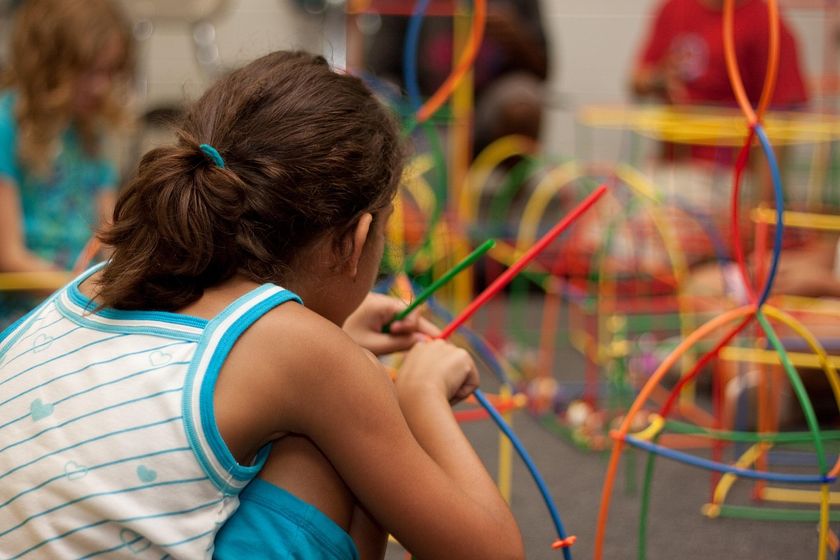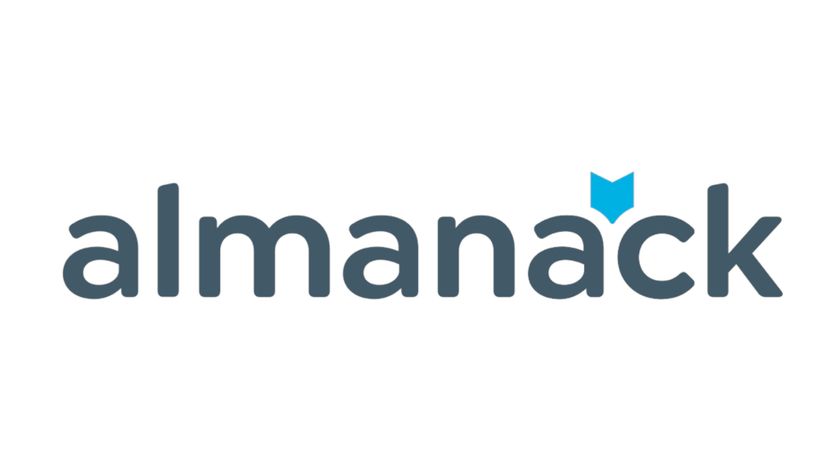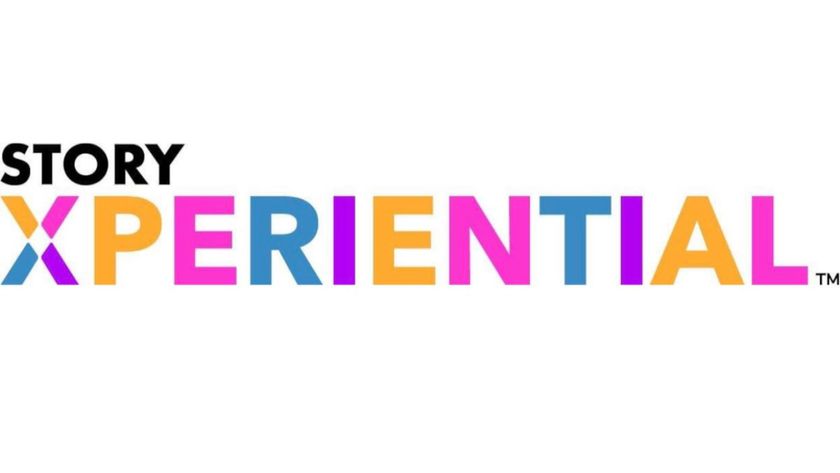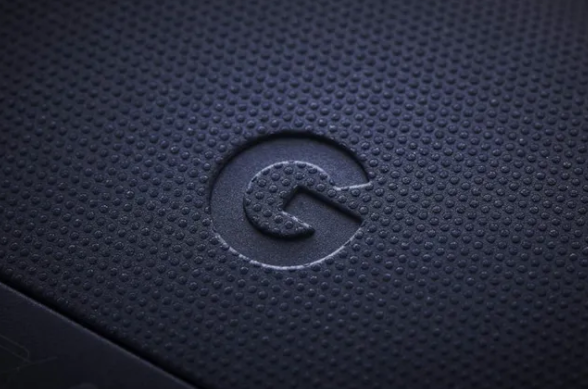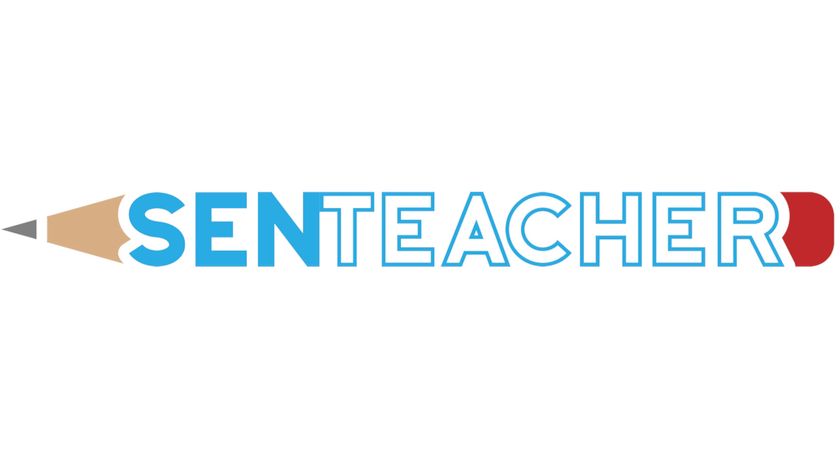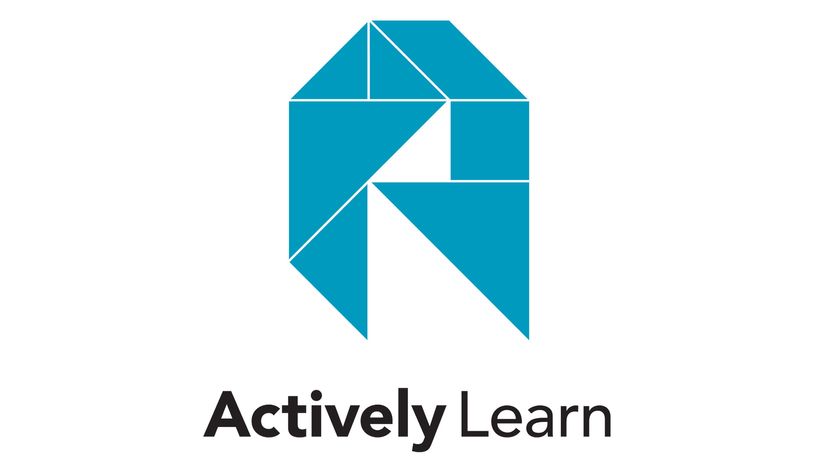How It's Done: Remote STEM Learning
Opportunities for remote STEM learning are all around

Who: Veronica Franco, former STEM Gifted Education Teacher and STEM Futures Director
Where: Orange County, FL
What: Using edtech for remote STEM learning and to keep students connected
No school? No problem for your science curriculum. We use nature walks and backyard classrooms to keep our kids in the game. This is a great time to teach science outside, whether life science or chemistry or earth science, we use the outdoors to our advantage. One of the tech tools we use is Leafsnap. It is like a tech glossary of plants—students take a picture and it helps identify the leaf or plant. That’s classification of science through nature. We try to support scientific inquiry and they can take ownership of their learning using this app.
We can’t offer a classroom or lab, but as kids take a walk, they can participate in a science-based scavenger hunt to find items known to be present in your area’s environment. Even city-based students will find leaves or plants or birds to include. Photo hunts can be just as effective and with a little creativity can stoke imaginations for those unable to leave their homes For example, take a photo of a cumulus cloud, snap a shot of an item classified as a fruit or vegetable, or build a tower using the same number of household items as there are leaves on a stem of poison ivy.
You can also create neighborhood scavenger hunts using tech. I like the Discovery Education Studio Boards in which kids can collaborate and build presentations in a safe space. It's filtered, monitored for language and content, and it interfaces directly through the phones so a student can upload a picture right from their phone onto the studio board and collaborate. The studio board becomes a template for them to build their scavenger hunt or project together without a big need for specific tech or hardware they might not have on hand in the home setting.
We’re finding a lot of families appreciate this kind of hands-on project. They are trying to work with their kids in the house and here's a way to motivate them to get out and soak up the fresh air and sunshine while keeping learning alive.
Tech & Learning Newsletter
Tools and ideas to transform education. Sign up below.
Scientific Inquiry
During this difficult time, we are starting to interview our community members and elders via Skype/Google/FaceTime. Many have experienced similar things to what we are facing now—there’s a certain congruence, times of hardship, shortage of resources, elements of confinement, etc., they may have experienced during wartime and or an economic crisis. They can be a firsthand subject for a project to answer questions.
Through student research and questions, they can find some contributions and solutions to some of the things we are struggling with right now. “I know so-and-so—they are from North Carolina and were around during the tobacco field issues and know a lot about production and how that affects supply chain.” Who knows what we might discover? Scientific Inquiry!
Biggest Challenge
This entire situation is a challenge. Our current reality is an experiment. We have this situation where we need to socially distance ourselves, so we have to reason out and come up with strategies on how to keep relationships during social distance. Students get to design ideas, discover solutions and test whether those are successful. Kids get to be the creators of the projects that solve the problem of being forced to separate. With these challenging constraints, they can be the ones to design the experiment and keep the data of how other kids are accomplishing the task.
What Not to Do
Don’t give up on physical or group learning because of distance learning restrictions. Science can still be done, instead of relying on traditional classroom manipulatives, get creative and use things found around the house—beans, coins, cans.
Unexpected Perks
An unexpected silver lining that has come of this is that kids are honing their own STEM skills teaching grandma and grandpa how to use tech. They are showing them how to work FaceTime, how to Google-share on a doc, or use Google slides. We’re basically doing adult learning with kids as the educators.
It’s imperative—if you really want to have kids learn, part of that is teaching what they know. If they can teach it, that's a great assessment tool and way to prove their understanding of the material. The conversation about helping adults learn is our science inquiry component. They are also discovering, investigating and if they can teach it, that's really going full circle.
Pro Tips
Tap homeschool forums for ideas. Think out of the typical edtech box. We'll use platforms such as NextDoor to tap into education opportunities.
For example, we have a local farmer who can't do much with his goods with the farmers’ markets closed. He put a challenge to the kids: “What can I do with all my excess strawberries?” He’s donating some to the food banks, but he wanted suggestions on how to make the most of this excess—is there anything creative to do, using sustainability as a motivator. It can be used for project-based learning, creating a unique theory and experiment. You don't have to actually use materials, it's about designing and engineering a plan and collecting data and analyzing.
Finding Funding
This is a great time to try out tech and see what works well as many programs are offering free trials or complimentary access during the pandemic lockdowns. As mentioned, we’re using Discovery Education, which is offering free access to home users. It's very open and offers common core-aligned options.
When it comes to physical science, we use Khan Academy and Walt Disney's Imagineering in a Box. It's pretty cool and really speaks to our playspace learning, so it also is a way to get kids excited about science concepts.
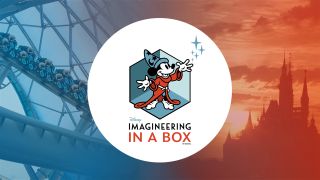
Tech Tools
- Khan Academy/Disney’s Imagineering in a Box
- Discovery Education
- Nearpod
- Prezi
- NextDoor
- Symbaloo -- Digital resources for NGSS curriculum
- TechRocket -- Online code and video game design for kids
- HopScotch -- Make your own game and learn to code
- NAVY STEM -- Navy STEM for the classroom
- NOAA -- NOAA Education for studying weather in the classroom
- National Weather Service -- Learn all about weather
- Project Noah -- Explore and document wildlife everywhere
- Marine Debris Tracker -- Track and report marine debris to prevent pollution
- iNaturalist -- Community of citizen scientist to document experiences
Sascha has nearly two decades of experience as a freelance journalist writing for national magazines, including The Washington Post, LA Times, Christian Science Monitor, National Geographic Traveler, and others. She writes about education, travel and culinary topics.





